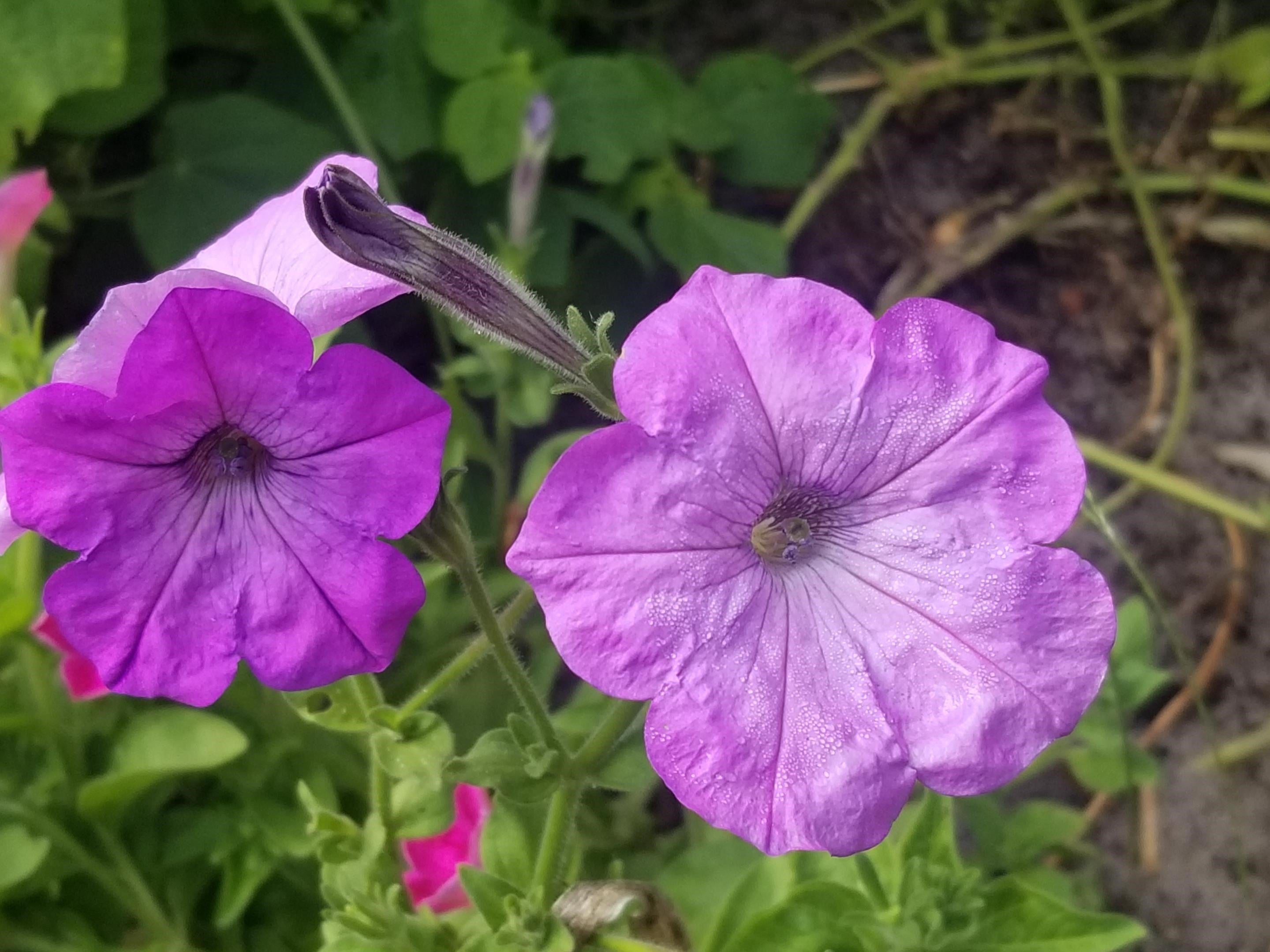
Rawlings' Historic Garden
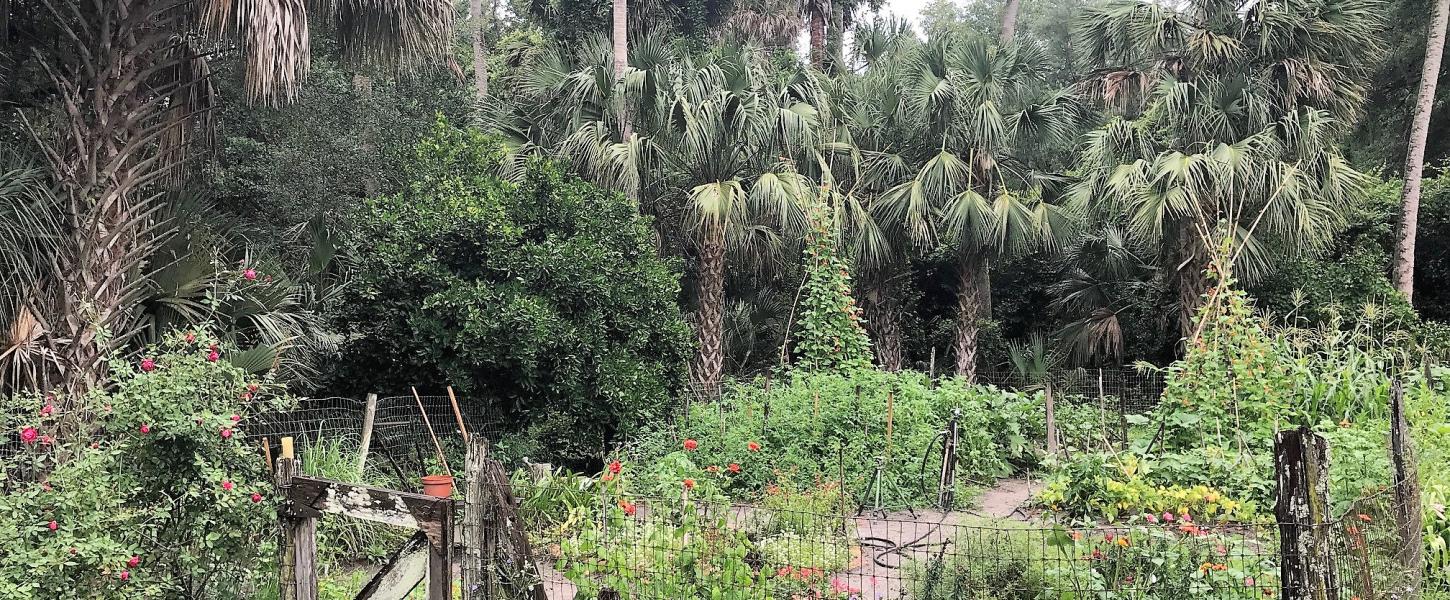
“Few vegetables can survive time,” Marjorie Kinnan Rawlings once said. For that reason, the garden at Marjorie Kinnan Rawlings Historic State Park was planted just outside the kitchen window. To achieve perfection in cooking, she demanded vegetables be picked no more than an hour before serving. She also would wait to gather flowers for the vases until moments before company arrived.
Today, as you look out the same window, you see a garden Rawlings would have loved.

With few exceptions, it is also a garden Rawlings would have been familiar with. The vegetables and flowers grown here are mentioned in "Cross Creek" and her cookbook and include specific varieties from her era. Perhaps the balcony petunias, the most popular of its kind in the 1930s, were her “fluffy ruffles” that she famously defended with a shotgun in Cross Creek. The golden bantam corn that rises like sentinels is almost as widely grown today as it was when she was here.
Some heirlooms bring their own stories to the garden.
Along the 10-foot garden tepees, bright red blossoms called scarlet runner beans catch the eye. Though prized by native people for the abundant pods that can be eaten when young or dried and stored, what stunned the first European settlers was the beauty of the flower. The scarlet runner is said to be the first plant from the New World to become a popular ornamental in the Old World.
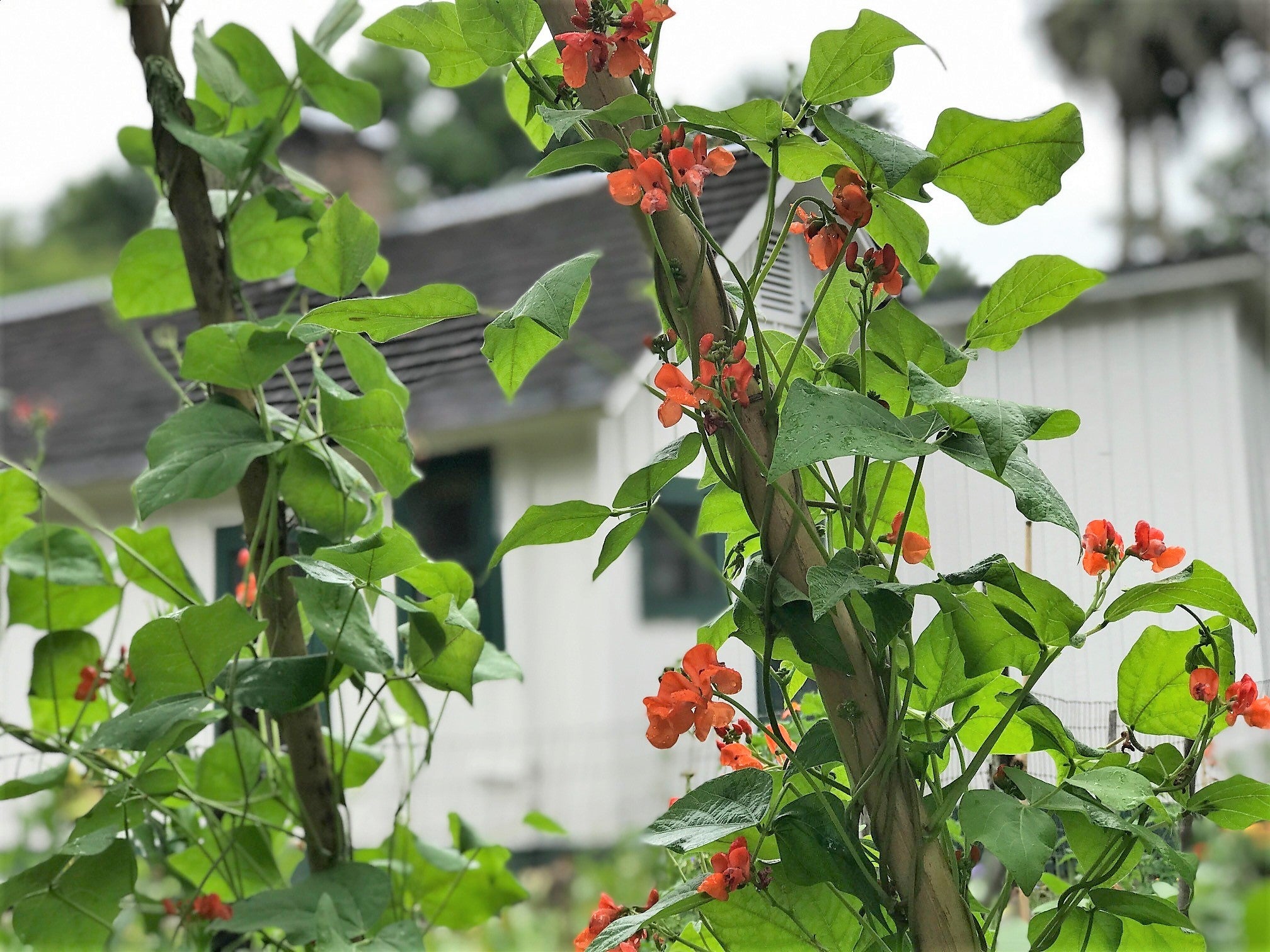
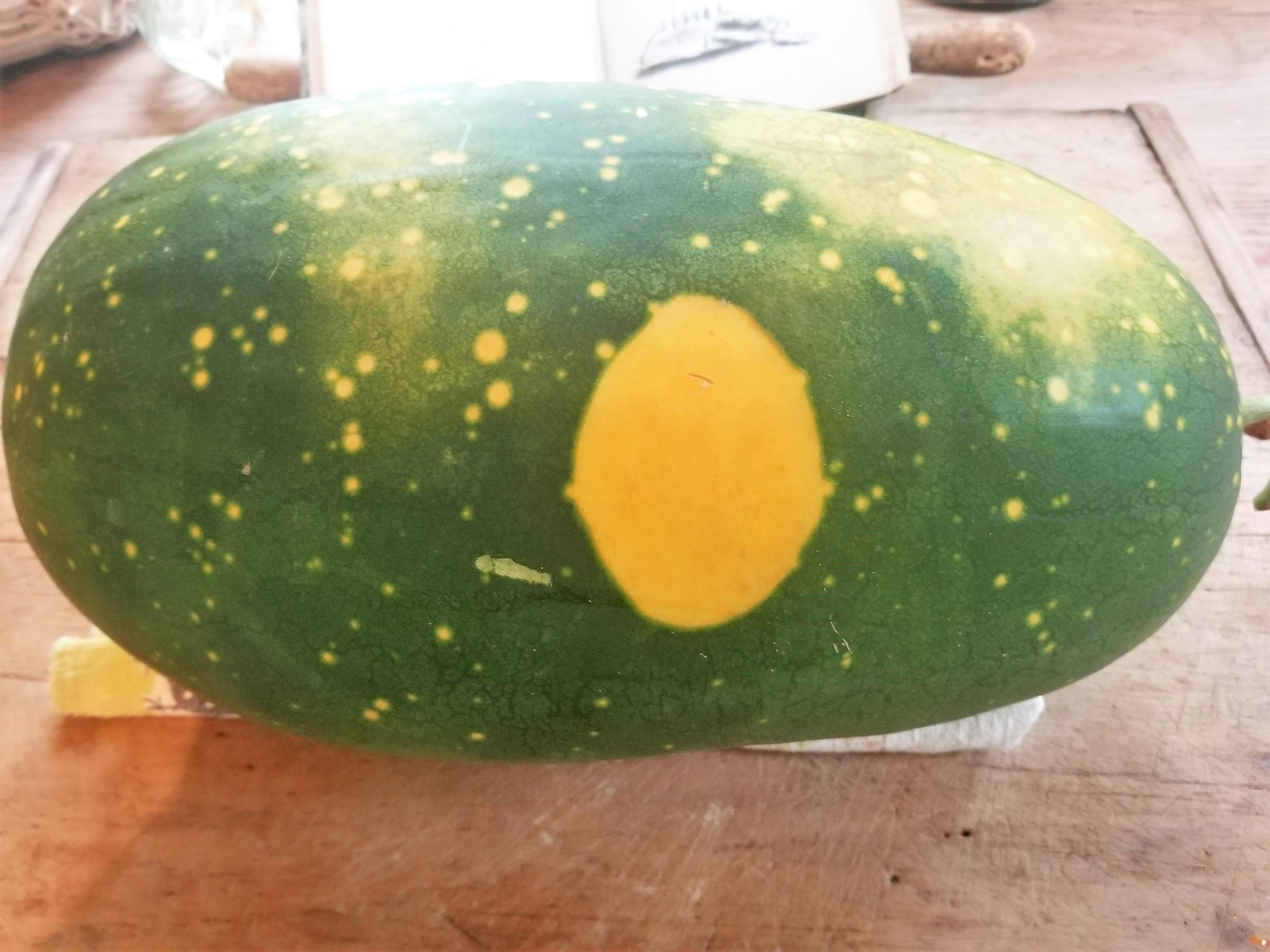
Growing amidst pole beans and corn along the outer edge of the garden, one vine is unmistakable — moon and stars watermelon, the holy grail for heirloom gardening pioneer Kent Whealy. Though commonly grown in the first half of the 20th century for its flavor, size and cosmic appearance (galaxies of yellow dots and moon-like blotches adorn both its leaves and flowers), it was thought to be extinct by the late 1960s. But in 1977, after appearing on a local television show, Whealy received a letter from an older farmer and found himself staring at his equivalent of a dinosaur — moon and stars watermelon seeds.
Mixing with watermelon is Seminole pumpkin. They were the first vegetables described by the Spaniards in Florida, in 1528, and native youth had contests to see who could climb the highest and fastest to harvest them. Cracker settlers depended on the pumpkins — the flowers could be fried, and the pumpkins could be prepared nearly any time of year. As their huge floppy leaves grow over the fence, the pumpkins would happily run up the orange trees if allowed, tying together areas of the garden as they have linked people throughout Florida’s history.
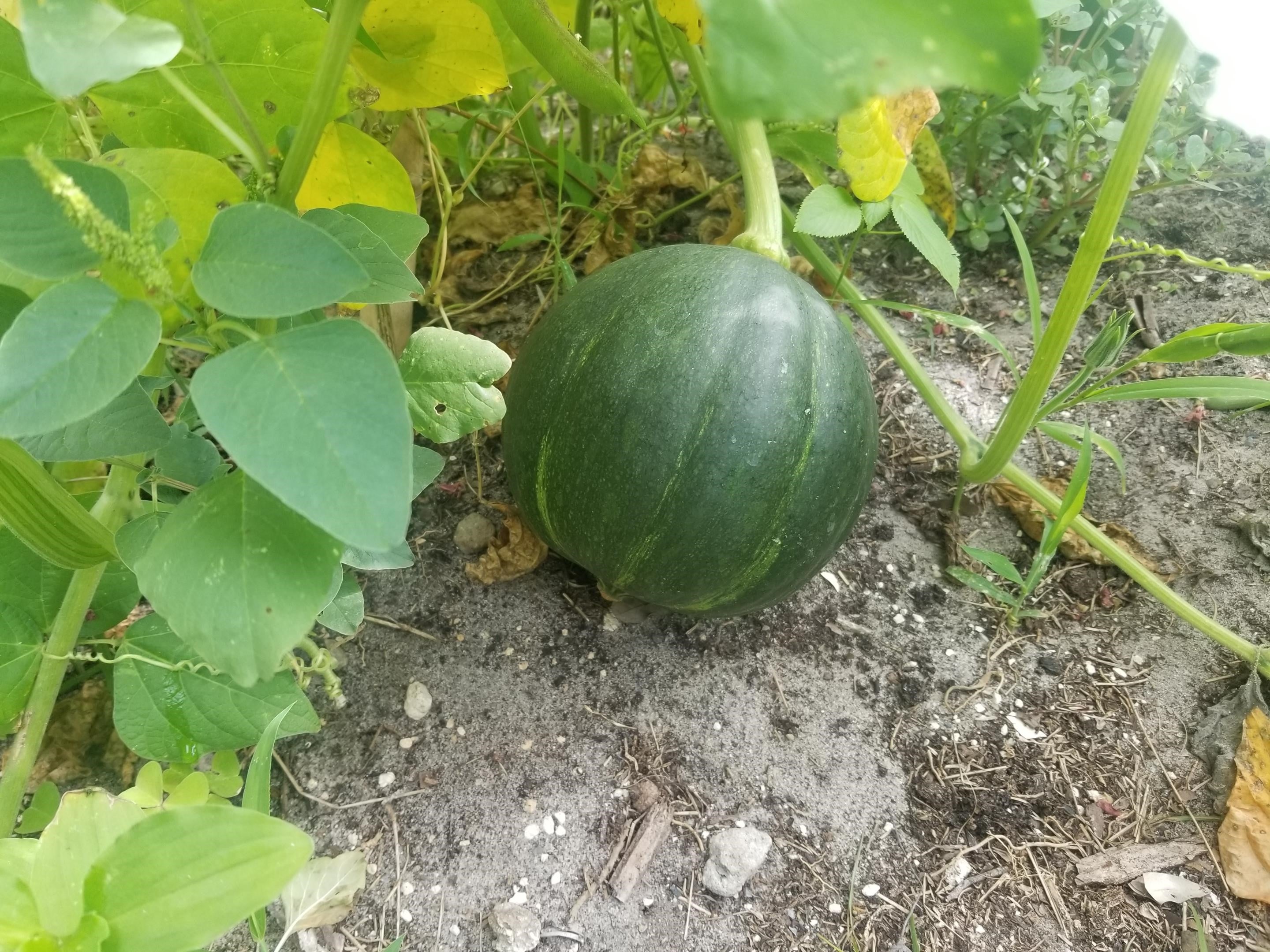
This garden is just one of many windows into the life of Rawlings that we offer at Marjorie Kinnan Rawlings Historic State Park. Stop by for a visit and learn more about the life of one of Florida’s most famous authors. We’ll make sure to put out the flowers.